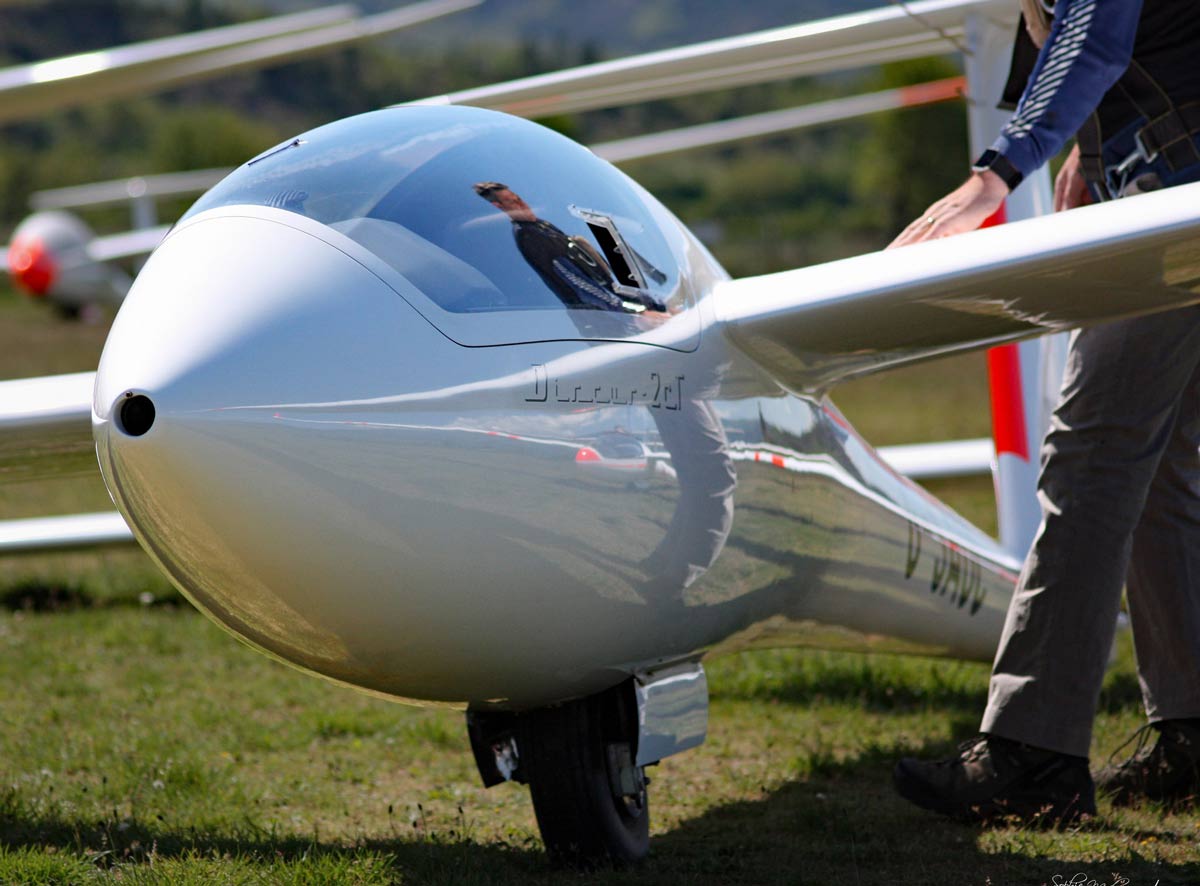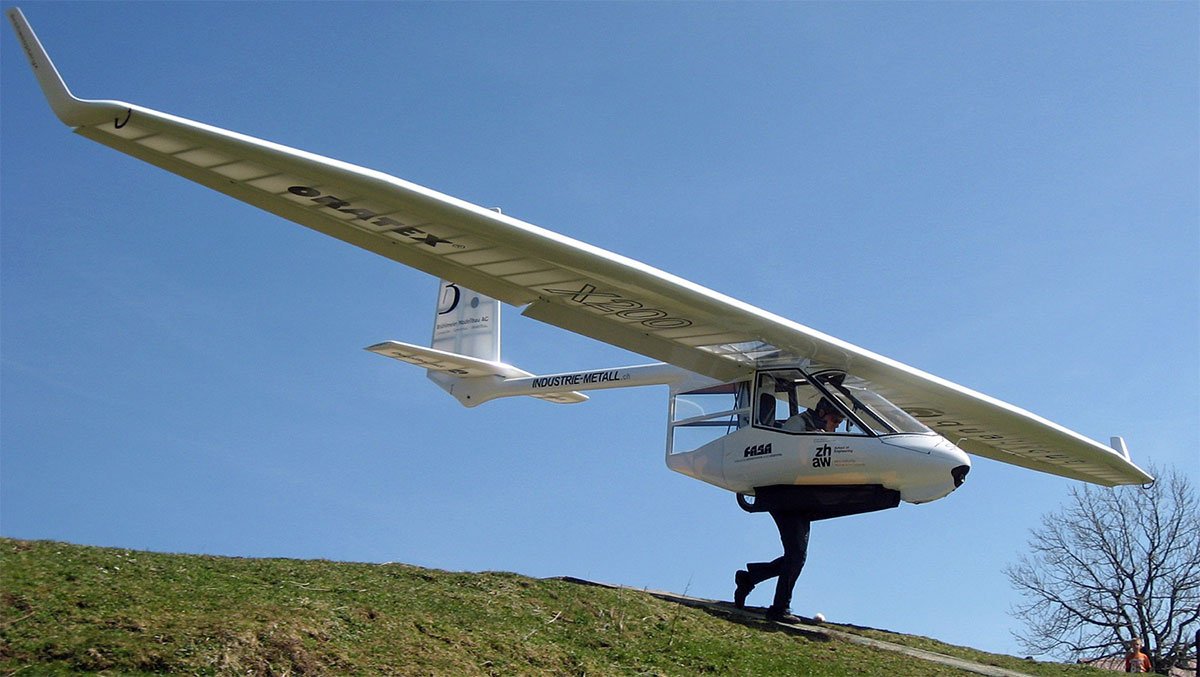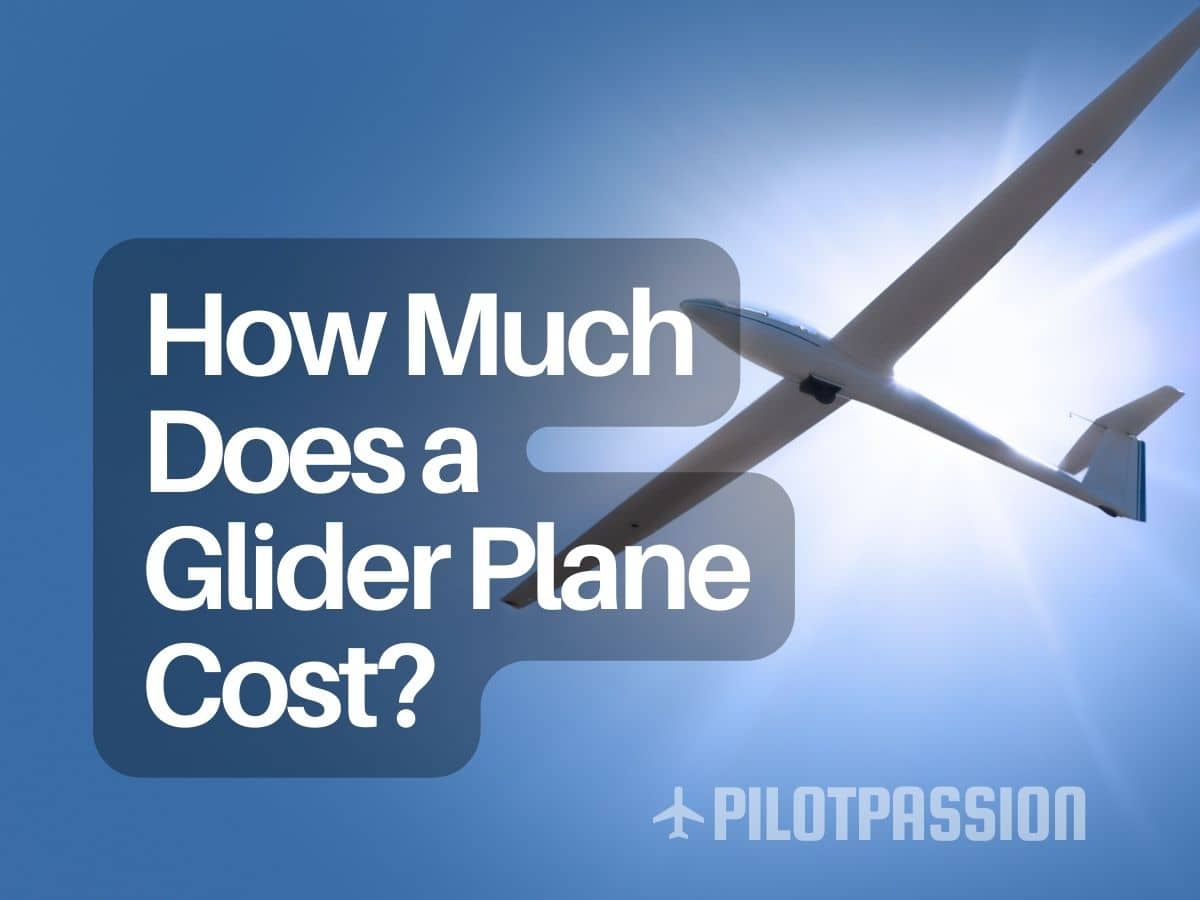Glide Aircraft - Stock Exchange is a question and answer forum for aircraft pilots, mechanics and enthusiasts. It only takes a minute to register.
When you throw a paper airplane, it flies for a few seconds, loses its speed and stops. With a glider, it has very long wings, but you take it down by towing another plane or a winch, and then it frees itself. Shouldn't the glider lose all speed and stop?
Glide Aircraft
/https://tf-cmsv2-smithsonianmag-media.s3.amazonaws.com/filer/3b/80/3b809c3a-40a8-491a-ad34-73707ba41a1e/07h_jj2016_payne_e5c2434_live-wr2.jpg)
Gliders and paper airplanes work on the same principle: they produce lift by exchanging the potential energy (height) they have for the kinetic energy (airspeed) needed to keep the air moving over the wings, producing a steady, controlled descent (glide).
It's A Boat? It's A Plane? No, It's A 'seaglider.' And It Goes Fast...really Fast
In both cases the airfoil will not stall unless it exceeds its critical angle regardless of airspeed. You can continue to fly as long as you still have altitude to trade for that airspeed (without the wing stalling and producing lift) so you can make a soft landing at a speed that won't damage the aircraft. In the case of a manned glider this happens on the runway where you can get another tow plane to pick you up again.
Both aircraft can extend their glide time by finding other sources of lift - thermals, ridge lift, etc. - to take the vehicle to higher altitudes, providing more possible power. Gliders are better at this for one main reason: they have a pilot who can keep the plane in the rising air as long as possible to gain as much altitude as possible.
A paper airplane can also be made to fly for a long time if given a sufficient source of lift (equal to or greater than its minimum sink rate). There is a famous "infinite paper airplane" video where a paper airplane flies over an electric stove, but I'll spoil it for you and tell you that one is a hoax (the general consensus is that the airplane is on a string).
However, it is quite easy to reproduce: the result is more like an autogyro in gliding than a helicopter or a traditional fixed-wing glider in autorotation, but it is a good demonstration of the principles involved.
Plane Facts: Gliders
The primary difference between a glider and a paper plane is that most folded paper planes have very poor aerodynamics.
Most folded paper airplanes have short stubby wings. This in itself makes it very drag. An ideal wing with absolute minimum drag has a wingspan of infinity. Obviously that ideal wing cannot be built (we do not have an infinite number of atoms in the universe). But in general, all other things being equal, longer wings have less drag.
Second, paper airplanes have very poor airfoils compared to real gliders. They are also not flat plates (which would actually make a very good airfoil at the Reynolds number they fly at). The folds are usually slightly wedge-shaped, adding uneven thickness to the airfoil. This adds a lot of drag.

Finally, you mention that paper airplanes you fly lose speed and stall. Stali definitely reduces glide time. Stopping wastes energy. Smooth glide stays on top longer. A real glider is tuned to glide smoothly and not stall.
Flights From Happiness. Package
Toy gliders don't have to suffer from the weaknesses of paper airplanes. A good toy glider should be able to fly an average of at least 10 seconds per flight (or at least 3 seconds if you throw it). Really well designed toy gliders can fly for over 20 seconds and competition gliders can fly for about 1 minute.
If you've never seen a balsa glider fly before, you'd think it would take a long time to fly. Here's an example (this is the video that introduced me to hand-launched gliders):
These gliders fly longer than a regular paper airplane because they are better designed and aerodynamically more efficient. Note that many of these hang gliders (including the world record glider) have conspicuous, incomplete airfoils. Sometimes they are also triangular or have leading and trailing edges. So airfoil is not as important as aircraft design, trim and balance (CG).
Paper airplanes do not need to be inhaled. Here is a clip of the world record (duration) flight of the paper airplane:
Gliding Farther And Faster
. If you google the design of that plane, you will find that it has a lot of nose weight (good balance/CG) and curved edges (good trim).
Gliders and paper airplanes are designed and operated in different ways that affect their stopping characteristics.
To fly the plane, you need to add power. In a powered aircraft, power is primarily in the form of fuel.

In a glider, additional power comes from the lifting action of rising air. Gliders find areas of rising wind (they have sensitive instruments to help with this), and circle the area to increase altitude. Once they are high enough, they fly in a more or less straight line to their destination, stopping along the way to circle again and gain more altitude.
How Does Aircraft Mass Affect The Glide?
Rising air can come from "thermals" (warm air in the atmosphere), "ridge lift" (air rising up a slope), "wave lift" (generated by mountains), and others. You can read more about Lyft at Lyft (Flying). Each type of lift requires different flying techniques to make the best use of it.
You are comparing 2 different things, a paper plane and a glider. Gliders take advantage of the weather to increase their altitude and continue flight. Paper airplanes do not experience the same weather phenomena as gliders. And of course they have no pilot and no control surfaces.
Thermals (where air rises due to heat), ridge lift, where air is forced up a slope, wave lift, where a mountain produces a standing wave, convergence, where two air masses meet
From the moment the tow or winch is released, a glider begins its descent. If the weather is completely calm, instead of trading speed for altitude, it will soon have to descend.
World Of Aircraft: Glider Simulator Review Simple Skies
Gliders are designed with very high lift/drag ratios. 40:1, 50:1 even 60:1 or more. Because of this and their ability to utilize and the ability of pilots to find thermals and updrafts caused by turbulence from ridges, mountains, etc. they leave for long periods of time.
A paper airplane has a completely different design (you can't build a glider that you display out of paper) and can fly for more than two seconds.
Many mention the difference in the shape of wings and airfoils. But even if you climbed a real glider to a 5cm wingspan, it wouldn't fly that big.

For small-scale aircraft the Reynolds number is very small and the viscous drag becomes large. Turbulence is not strong enough to prevent flow separation at angles of attack, which are still OK for real aircraft, as laminar boundary layer separation is more likely. Separation strongly reduces the lift produced and can lead to stall.
Garmin Continues To Enhance Aviation Safety With The Introduction Of Smart Glide
This does not mean that your paper airplane will always stay put, but you have to be careful with the angle of attack and play with the center of gravity.
Smaller models must use special low Reynolds number airfoils, but are never as efficient as larger gliders because skin friction drag is so important. Simple radio controlled gliders are also usually much larger than normal paper planes.
Basically, lift along with aerodynamic shape and wing shape work together to maintain the glider for a long time.
One way or another, a flying object must push down on the air to keep it flying. Since air is fluid, we must make the change in momentum of the air at least as great as the weight of the plane. Now:
Giant Glider Plane
So for efficient flight, we want to push down a large mass of air with a small change in vertical velocity rather than a small mass with a large velocity.
Gliders, with their long, thin wings, are optimized to do this: they fly relatively slowly, catch a relatively large flow of air, and gently push against it.
At the other extreme, vertical takeoff jets like the Harrier must take the opposite approach. They have to fly fast, so in hover they push very little air down very quickly. It is so inefficient that the Harrier cannot hover very long before running out of fuel.

In addition to that, a glider is relatively light because it does not need to carry fuel or an engine. It is made as smooth and slippery as possible to reduce wind resistance.
Terra Kids Maxi Glider Plane
Airplane wings are designed just like what we see in nature. Basic form
Glide slope antenna location on aircraft, stair glide, aircraft glide slope, glide foundation, gentlecath glide, aircraft glide, aircraft glide ratio, glide wire, organic glide, quiet glide, aircraft glide slope antenna, glide sf
